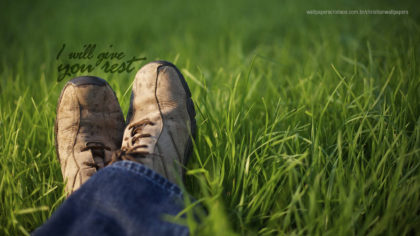

The holy and ordinary sanctuaries in our lives offer us rest, safety, and comfort. We can want to stay in these places forever- but life and our faith calls us somewhere else. We are meant to rest and risk.
You can read the full sermon here.


The holy and ordinary sanctuaries in our lives offer us rest, safety, and comfort. We can want to stay in these places forever- but life and our faith calls us somewhere else. We are meant to rest and risk.
You can read the full sermon here.